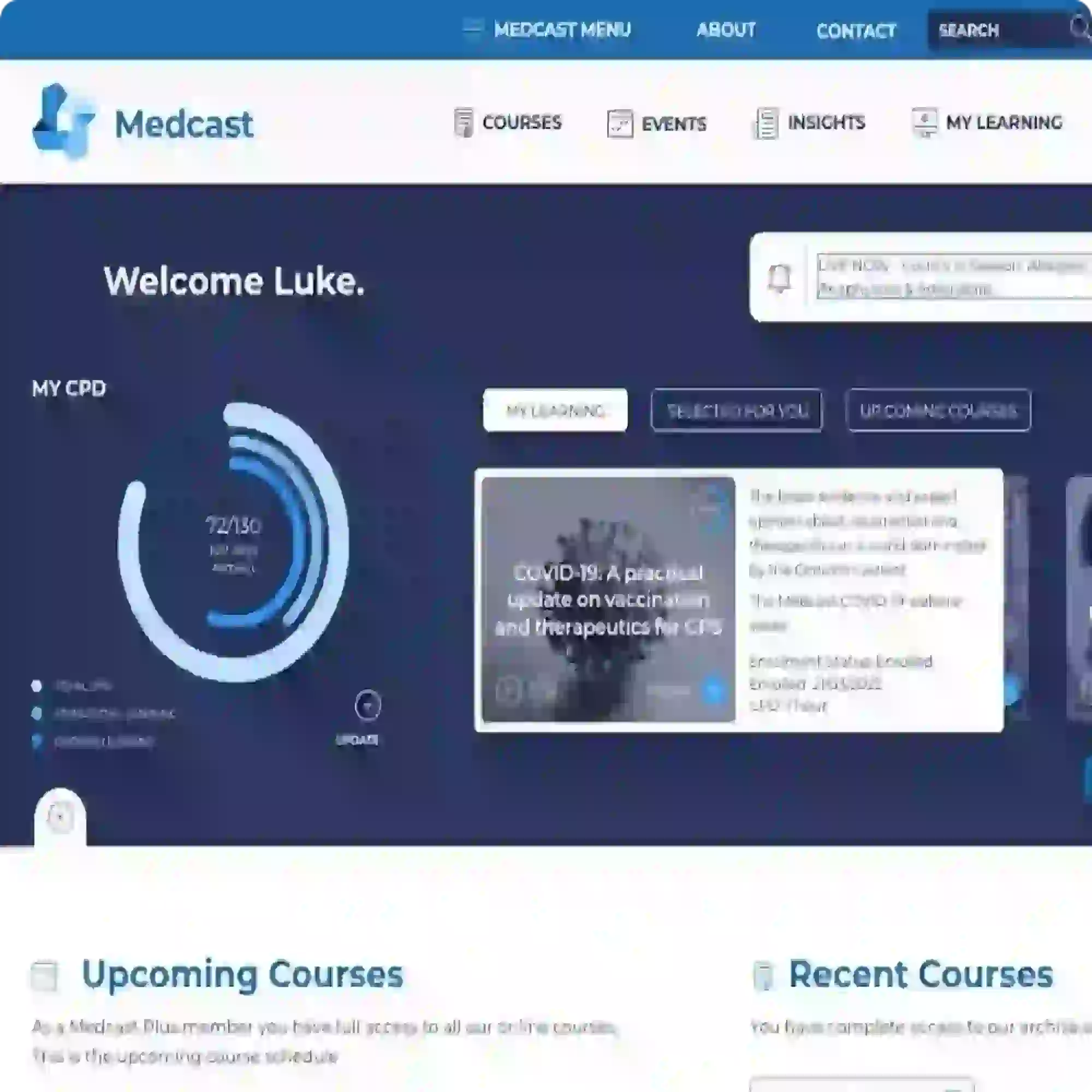Medcast news and blog
Essential CPR practice tips to pass your online BLS assessment
This blog provides essential CPR practice tips for healthcare professionals completing online BLS assessments. It emphasises following the DRSABCD flowchart, inflating the training manikin before use, maintaining 100-120 compressions per minute with a metronome or music, and ensuring CPR is only performed on a manikin. A demonstration video is included.
READ ON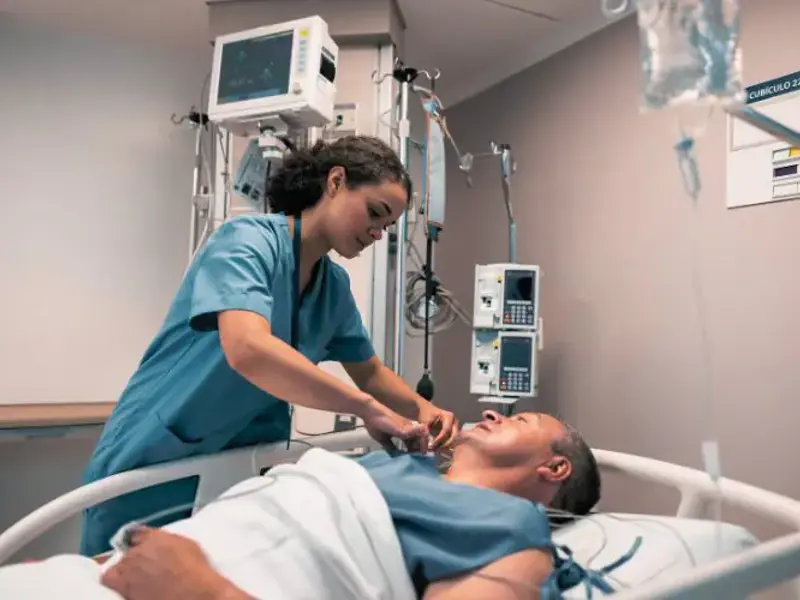
Admission of an unstable patient into the ICU requires a smooth transition of care with all team members pitching together to balance critical assessments, with immediate interventions to stabilise the patient. Do you understand your role?
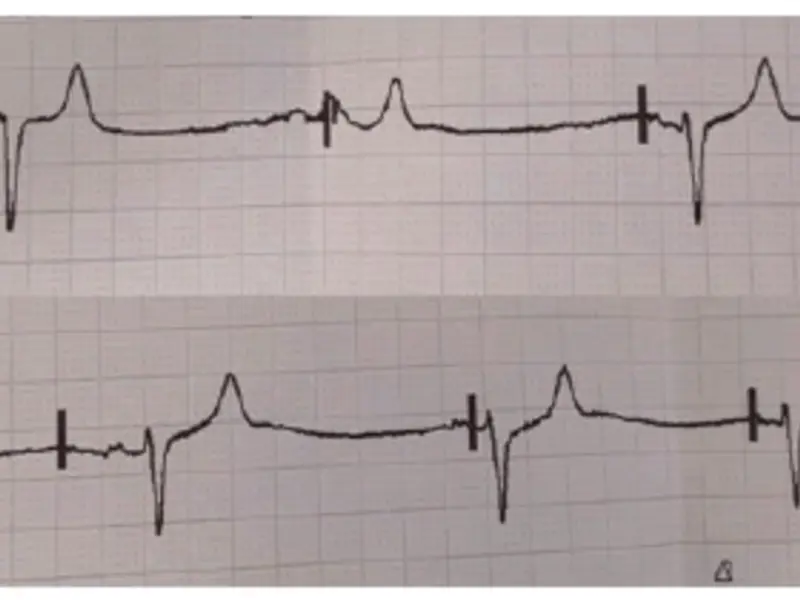
Wayne is a 68-year-old post-CABG patient with third-degree heart block on temporary epicardial pacing who suddenly experiences a bradycardia and hypotension.

67-year-old Ling, recently relocated from China, was admitted to the stroke unit post-thrombolysis for an ischaemic stroke. When should early stroke rehabilitation begin and what should this entail?
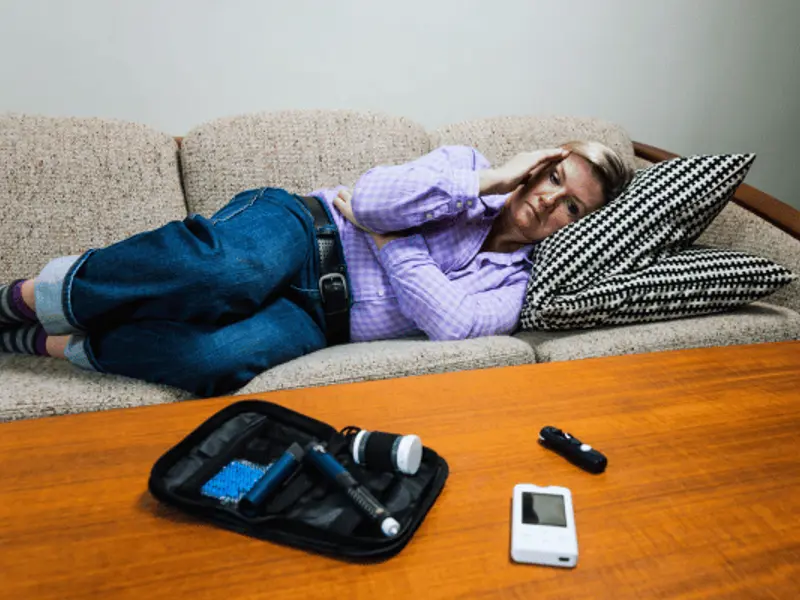
Diabetic emergencies typically arise from extreme fluctuations in blood glucose levels. The two most common emergencies are hypoglycaemia and hyperglycaemia.

Antiseptic Non-Touch Technique (ANTT®) plays a critical role in managing Central Venous Access Devices (CVADs) to prevent infections. While both standard and surgical ANTT approaches aim to maintain asepsis during procedures, they differ significantly in their application and outcomes. Understanding these distinctions ensures healthcare providers optimise infection control and patient safety in wound care and CVAD management.

Head injuries in children are common in Australian general practice and emergency departments, ranging from minor to life-threatening. The PREDICT Guideline offers evidence-based support for managing these injuries, providing a clear algorithm for triage, imaging, and follow-up.
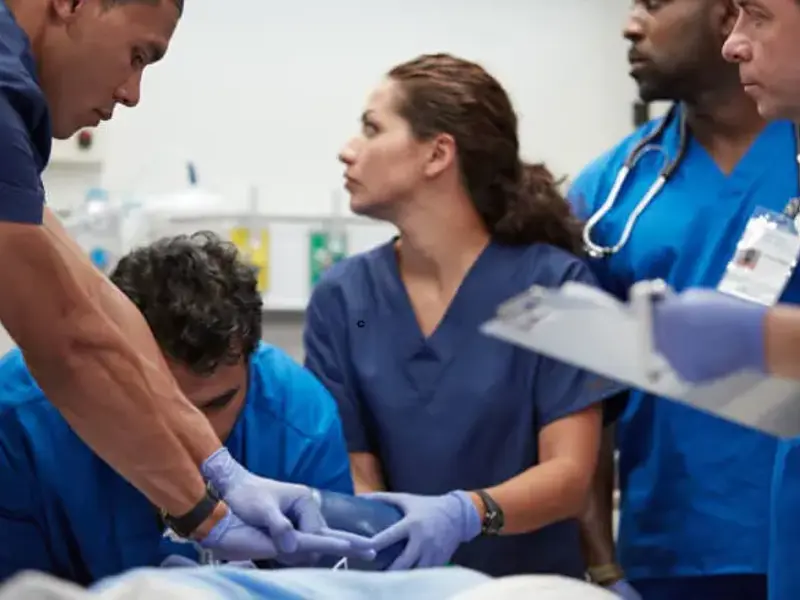
Following 10 minutes of CPR and two shocks for VT, Nadia shows signs of life. After the third rhythm check, with respiratory effort noted, the defib was disarmed using the COACHED sequence. What is the next step in determining the plan of care for Nadia?

Hafiz, a 13-month-old, developed a rash and swelling around their mouth after eating peanut butter, displaying signs of a potential IgE-mediated food allergy. What are the next steps for Hafiz?

Duc, a 57 year old accountant, presents to you one afternoon with a recent episode of slurred speech...
